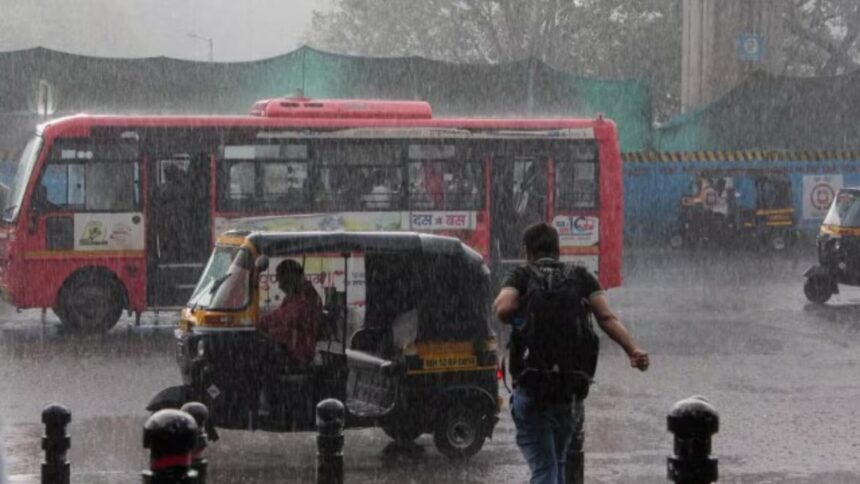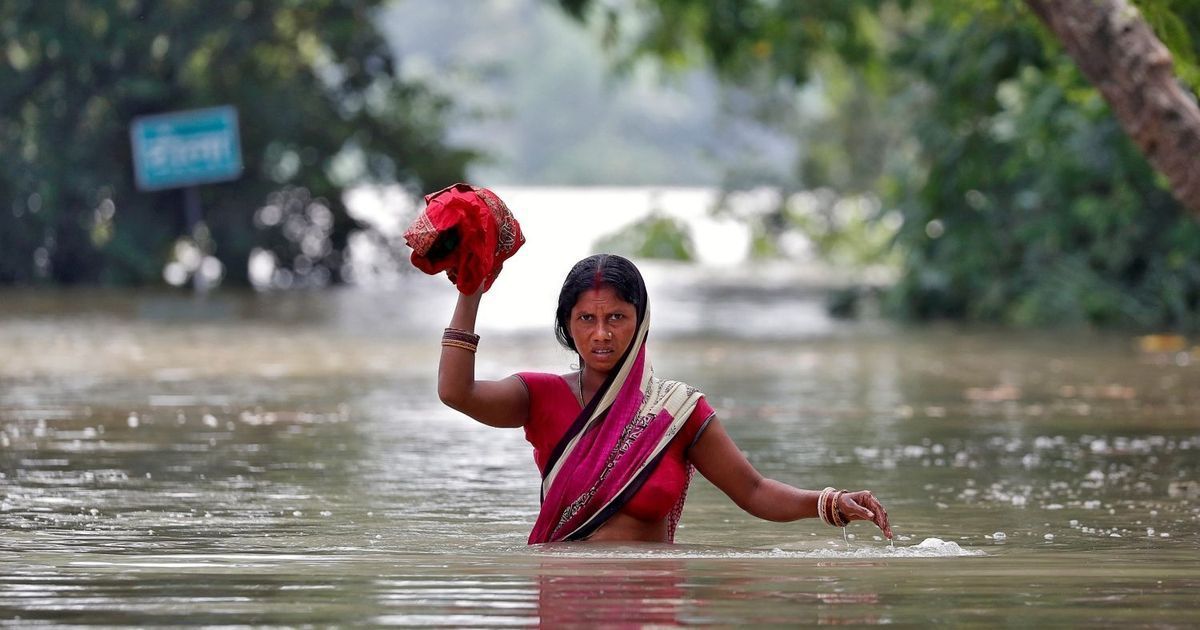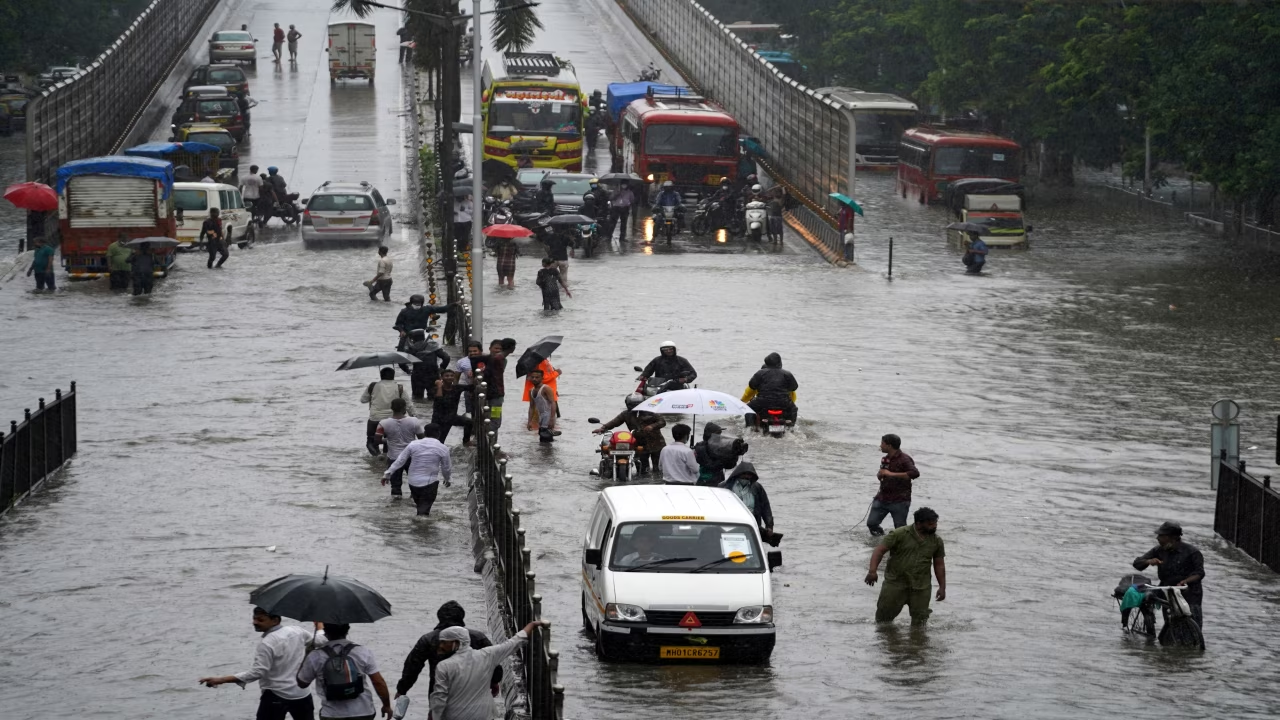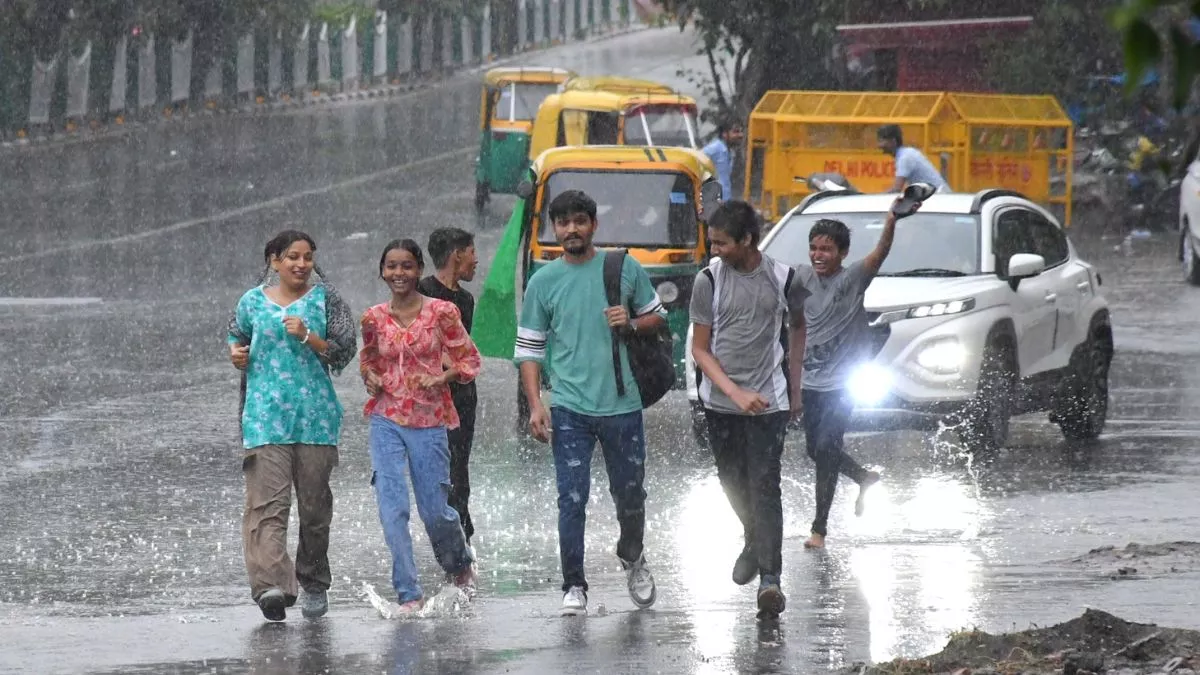NEW DELHI– India faces a harsh and early monsoon, with heavy rain, floods, and landslides affecting large parts of the country. The India Meteorological Department (IMD) said the southwest monsoon arrived 16 days sooner than usual, causing major problems, especially in the Northeast and in Mumbai.
In the Northeast, at least 30 people have lost their lives, more than 360,000 have been affected, and Mumbai’s usual pace has slowed to a crawl as rainwater blocks streets. As more rain is expected, the IMD has issued several weather warnings for the coming days.
Floods in the Northeast Leave Many Stranded
Assam, Arunachal Pradesh, Manipur, Meghalaya, Mizoram, Nagaland, Sikkim, and Tripura have seen relentless rain, leading to floods and landslides. Assam has been hit especially hard, with flooding in 19 districts and the Brahmaputra River flowing above safe levels. Over 640,000 people are struggling with the aftermath, and authorities have set up 72 relief camps and 64 supply centers.
The death toll in the region has reached at least 34, with landslides and lightning adding to the danger. In Arunachal Pradesh and Sikkim, damaged roads and bridges have left thousands cut off. The IMD expects heavy rain to continue in these states through June 6 and has advised people to stay away from riverbanks and hills.
Mumbai Faces Record Rainfall and Citywide Flooding
Mumbai, known for its yearly monsoon troubles, has experienced its wettest May in over 100 years. The rains arrived on May 26, the city’s earliest monsoon since 1950. Over 400 mm of rain fell in May, submerging roads, flooding cars, and even leading to severe waterlogging inside the new Worli Metro station. A red alert was issued, and people were told to stay home.
Climate experts believe that a mix of neutral El Niño Southern Oscillation (ENSO) and Indian Ocean Dipole (IOD) patterns, plus an active Madden-Julian Oscillation (MJO), have intensified this year’s rainfall. Many scientists link these changes to climate change, which is making India’s monsoon less predictable.
Monsoon Brings Both Good and Bad News
The southwest monsoon, which usually runs from June to September, is key to India’s $4 trillion economy. It supplies about 70% of the country’s yearly rainfall and is vital for crops like rice, cotton, and sugarcane. It also fills up reservoirs that supply drinking water. While some farmers are happy with the extra rain, city dwellers like those in Mumbai are dealing with major flooding. Poor drainage and construction in areas that flood easily have only made things worse, with places like Badlapur facing deep water and property damage.
India Weather मौसम Outlook for June 3–7, 2025
IMD’s मौसम forecast points to more challenging days ahead:
- June 3–4: Heavy to very heavy rain will fall in Assam, Meghalaya, and Arunachal Pradesh, with some areas likely to see extreme rainfall. Mumbai and Maharashtra’s coast can expect moderate to heavy showers and possible local flooding. Mumbai is on yellow alert, while Raigad, Pune, and Nashik are under orange alert.
- June 5–6: The Northeast will keep getting heavy rain, increasing the risk of landslides in hilly areas. Mumbai will see off-and-on showers, with temperatures between 82°F and 92°F.
- June 7: Rain may ease a bit in the Northeast, but scattered showers are still likely. Mumbai could see some breaks in the clouds and lighter rain.
Moving Forward: Staying Ready for harsh weather, मौसम
With unpredictable weather ahead, experts say that better planning and quick action are needed to manage flooding and save lives. The IMD, along with the World Meteorological Organization, highlights the importance of early warnings and real-time updates. As climate change brings more extreme weather, India must find ways to make the most of the monsoon while protecting people and cities from its most dangerous effects.

















